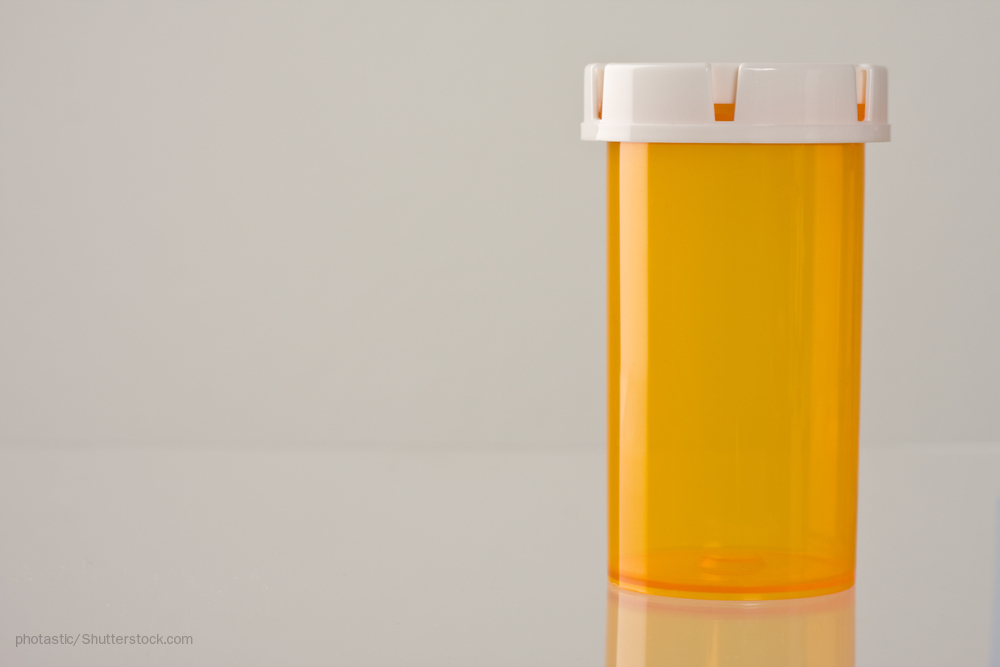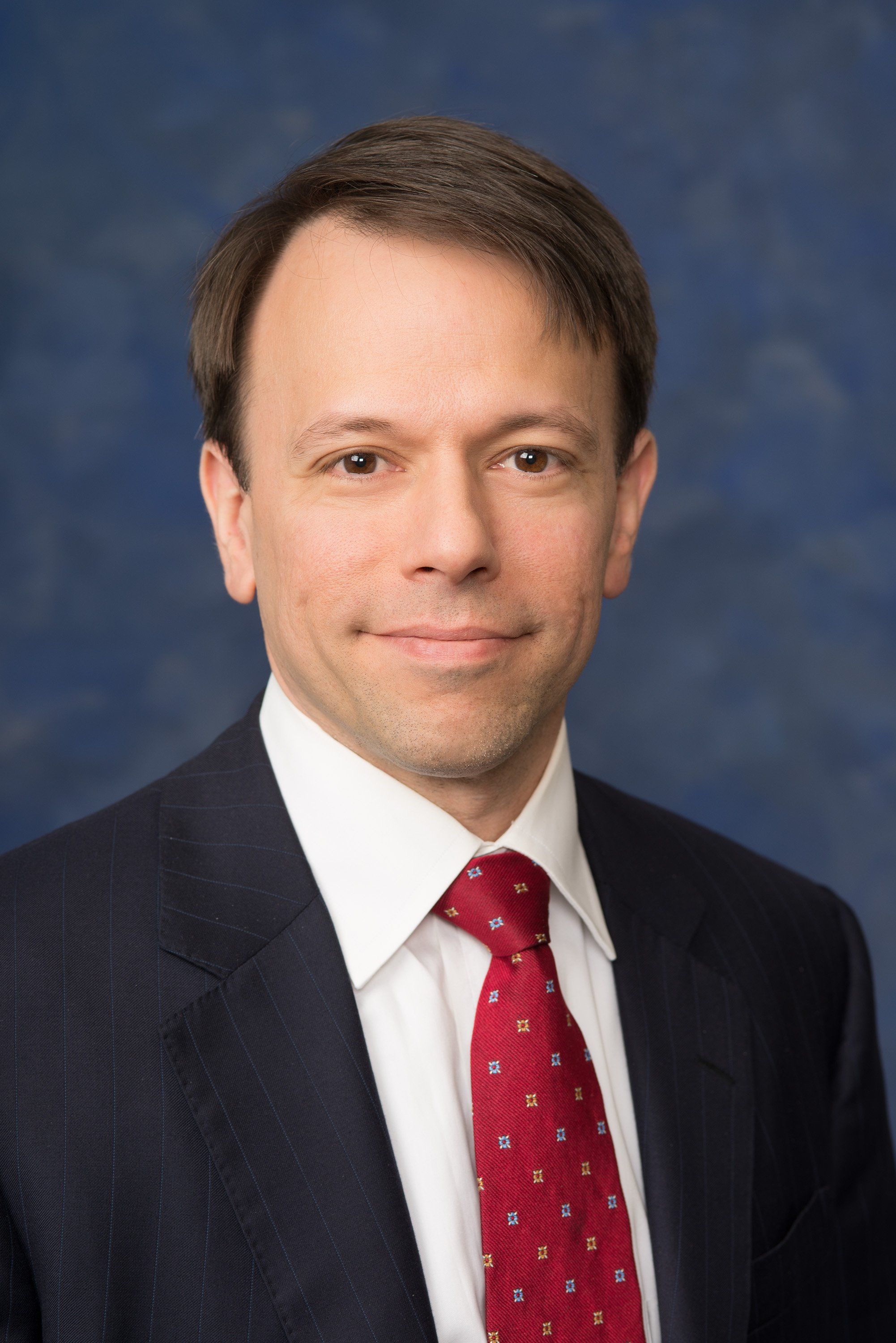Top Barriers to Biosimilar Approval and Adoption in the U.S.
The biosimilar market is flourishing in Europe-why aren’t we seeing similar gains in the U.S.?

Ginestro

By all accounts, the European biosimilar market is booming. To date, the European Commission (EC) has now green-lighted more than 40 biosimilar products-and more are expected to follow. In fact, according to a recent Research and Markets report, the European biosimilar market is expected to exceed $9 billion by 2023. So why is the U.S. lagging behind?
Mark Ginestro, principal and strategic advisor for healthcare and life sciences at KPMG, says that the U.S. market certainly is interested in streamlining approval and adoption of biosimilars.
“There’s been quite a bit of criticism towards the pharmaceutical industry regarding pricing lately, both publicly and politically-and biosimilars are seen as a way to help get drug prices down,” he says. “The first biosimilar was approved almost three years ago. But the uptake of these drugs has been more challenging than initially expected.”
While one’s perspective on this issue will depend on where your company sits in the supply chain, Ginestro believes there are some common challenges across the board.
Here are some of the top impediments to biosimilar approval and adoption in the United States:
- Interchangeability. Ginestro says the number one challenge that the pharmaceutical companies are facing when it comes to biosimilar drugs is that of interchangeability, or drugs that contain the same amount of active ingredients, possess comparable pharmacokinetic properties, and are administered in a similar manner.
“Biosimilars simply aren’t interchangeable the way that generic drugs are,” he says. “It creates an environment where you’re launching your drug in more of a branded competition market than a generic market.”
That lack of interchangeability means that supply chain partners can’t make smart choices about what products to put in their supply chains-and for which products they can make appropriate substitutions.
Related: Formulary Management for Biosimilars: 4 Payer Challenges
"Without that," Ginestro says, "It's hard to get sourcing leverage and really drive pricing down."
- Turf wars. Brand holders of biologic drugs are not going gently into that good night as new companies try to join the fray with their biosimilar products. There have been, and continue to be, several high-profile lawsuits. But Ginestro says that’s not the only way in which biologic brand holders are aggressively defending their turf.
“This represents a lot of revenue for those companies-and they are utilizing a variety of tactics to defend that,” he says. “We see pricing tactics, locking in contracts, sales and marketing efforts, coming out with alternative delivery mechanisms-these companies are taking more of a life cycle management strategy to differentiate their product and keep their market share.”
- A fragmented payer environment. Ginestro says one reason that biosimilars have gotten such a strong foothold in Europe is because of single-payer systems.
“When the government is the single payer, they can choose one product versus another and the decision has been made,” he says. “But here, we have a situation that anyone coming into the market needs to have a very segmented strategy to succeed. They need to break down the market they are going into thinking about the different payers and stakeholders in that market.”
Ginestro says it’s not dissimilar than manufacturing a generic drug: companies who are entering may focus on the Veterans Administration (VA), Medicare, or private insurance companies. But it’s hard to succeed unless you plan your strategy wisely.
Despite these challenges, Ginestro does believe the biosimilar market is poised for growth. But he says it’s going to take time and some patience.
“Eventually, a company will get approval for interchangeability and that will provide a watershed moment,” he says. “Then the industry will have a bigger understanding of the requirements to overcome that hurdle-and we’ll see other companies follow suit. But the level of investment to get one of these products out is more than people were originally expecting. And I believe, as such, we will see some narrowing in the field as we move forward.”
Kayt Sukel is a science and health writer based outside Houston.
Jack Linehan of Epstein Becker Green Discusses Drug Coupons, Accumulators
July 9th 2020In this week's episode of Tuning Into The C-Suite podcast, Senior Editor Peter Wehrwein has a conversation with John "Jack" Linehan, a lawyer for Epstein Becker Green, about coupons and accumulators. Jack is an expert on drug distribution and reimbursement, and few people know as much about coupons and accumulators as he does. Peter and Jack go over some of the basics, who is advantaged and disadvantaged, and then dive into some the details on CMS regulations and how recent proposed changes to Medicaid best price rules would, if finalized, affect coupons and accumulators.
Listen